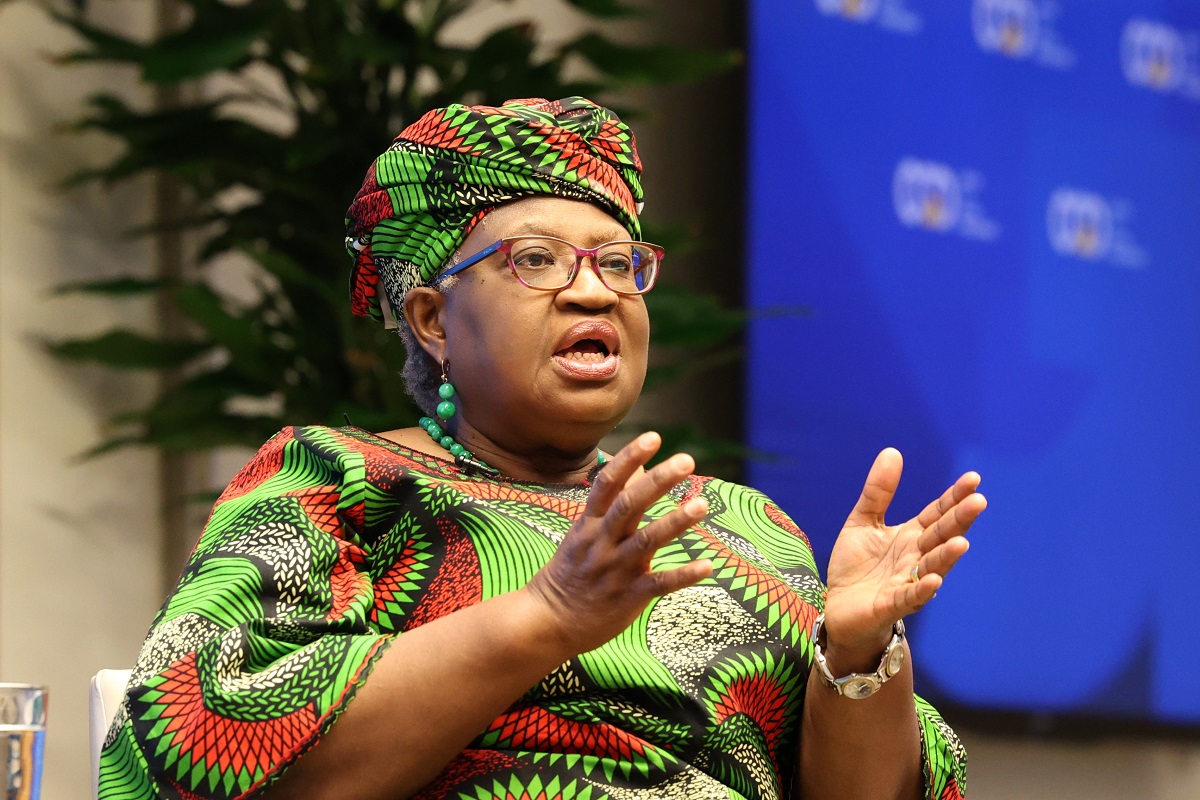Thanks to a program organized by Brookings Japan scholar Mireya Solís and the Japan Center for Economic Research, I spent last week in Tokyo discussing prospects for the Trans-Pacific Partnership (TPP). Along with Phil Levy from the Chicago Council on Global Affairs and Uri Dadush from Carnegie, we met with US and Japanese government officials, business representatives, and others who are either directly engaged in, or closely following, the trade negotiations among 12 Pacific countries: Australia, Brunei, Canada, Chile, Malaysia, Mexico, New Zealand, Peru, Singapore, Vietnam, plus the United States and Japan.
As our group was arriving in Tokyo, TPP trade ministers were meeting in Singapore to try and narrow the remaining gaps. One of the key issues is market access between the United States and Japan, especially with respect to agriculture. Japan has some of the highest farm trade barriers in the world (see figures 3 and 4 in this paper), so concessions in this sector are critical to its credibility. Yet, when Japan joined the TPP talks last year, Prime Minister Shinzō Abe promised to protect five “sacred” products: rice, sugar, wheat, beef and pork, and dairy. So far, Japanese negotiators are taking a hard line and seeking to exempt the nearly 600 tariff lines associated with these products, which would leave Japan’s liberalization far short of other TPP parties. This photo, which accompanied this Financial Times report on the ministerial meeting, tells you everything you need to know about how talks went between US Trade Representative Michael Froman and Japanese Minister of the Economy Akira Amari.
Still, the impression that I took away from our Tokyo discussions is that Prime Minister Abe is prepared to take on the entrenched interests in Japan and liberalize agricultural trade. But it won’t be easy. Rice is a cultural, as well as dietary, staple in Japan, while the other products raise particular political issues. For example, I learned on my visit that sugar is grown mostly in Okinawa and trade protection for the commodity is part of the political compensation to the island for hosting US military bases. So Japanese negotiators need to appear to be hanging tough, and they need to receive assurances that US negotiators are going to be able to deliver when the time comes.
So what assurances can US negotiators offer? In the absence of trade promotion authority1 (TPA), which requires congressional approval, very few.
And this is where the chickens and eggs come in (though not literally since poultry is not one of the five sacred products). TPP is the egg, while passage of TPA is the chicken. I heard repeated complaints while in Tokyo that USTR Froman was too inflexible in Singapore, that he wouldn’t give an inch. This inflexibility could be a sign of Froman’s reluctance to make concessions now that could cost him future votes in Congress on TPA. But without a good sense of the US bottom line, Japan does not want to concede something that Froman could pocket now and then up the ante later. And without TPA, Japan, and the other TPP parties, cannot know whether Froman will be able to deliver whatever he eventually promises.
President Obama’s problem is that his own party is deeply divided over trade and the Democrats’ congressional leadership—Majority Leader Reid in the Senate and Minority Leader Pelosi in the House—are both opposed to considering a TPA bill before the midterm elections this fall. The USTR strategy seems to be to try and conclude the TPP and then, with something concrete in hand, push for trade promotion authority. As The Economist summed up the dilemma in a blog post just before the Singapore ministerial, “without a big trade agreement on the point of completion it is hard to argue that fast-track is essential and urgent. TPA may need the TPP as much as the TPP needs TPA.”
But how big a problem is the standoff, really, for either the United States or Japan? Few, if any, of the structural reforms that Prime Minister Abe is promoting to reinvigorate the Japanese economy are directly related to TPP provisions, except for agriculture. Yet, while in Tokyo, we heard repeatedly that the TPP is crucial politically to implementing these reforms. Back home, Paul Krugman wrote a column titled “No Big Deal” in which he said, “I am in general a free trader, but I’ll be undismayed and even a bit relieved if the T.P.P. just fades away.”
I have to admit that I began my trip to Japan with similar feelings of ambivalence towards the TPP—especially given the potential for these large preferential trade arrangements to undermine the multilateral trade system and leave the poorest countries behind. I also agree with Krugman that both the advocates and critics of the TPP negotiations exaggerate the potential economic impact. What Krugman ignored are the foreign policy implications of a TPP failure. Claude Barfield has been writing about these linkages for some time, most recently here, but I gained a new appreciation for these concerns after hearing repeatedly in Tokyo that US credibility is on the line.
There are other ways to shore up US foreign policy credibility in Asia and I remain concerned about the potential implications for developing countries of these megaregional trade agreements. But having invested more than four years of effort in the TPP negotiations, letting them fail now will come at a price.
1 Trade promotion authority, previously known as “fast track” legislation, allows Congress to lay out its trade priorities, specify negotiating objectives for trade agreements, and establish consultation and transparency procedures that the executive branch should follow. Congress then commits itself to vote on trade agreements that meet these conditions within a set time period and without amendment.
Disclaimer
CGD blog posts reflect the views of the authors, drawing on prior research and experience in their areas of expertise. CGD is a nonpartisan, independent organization and does not take institutional positions.





